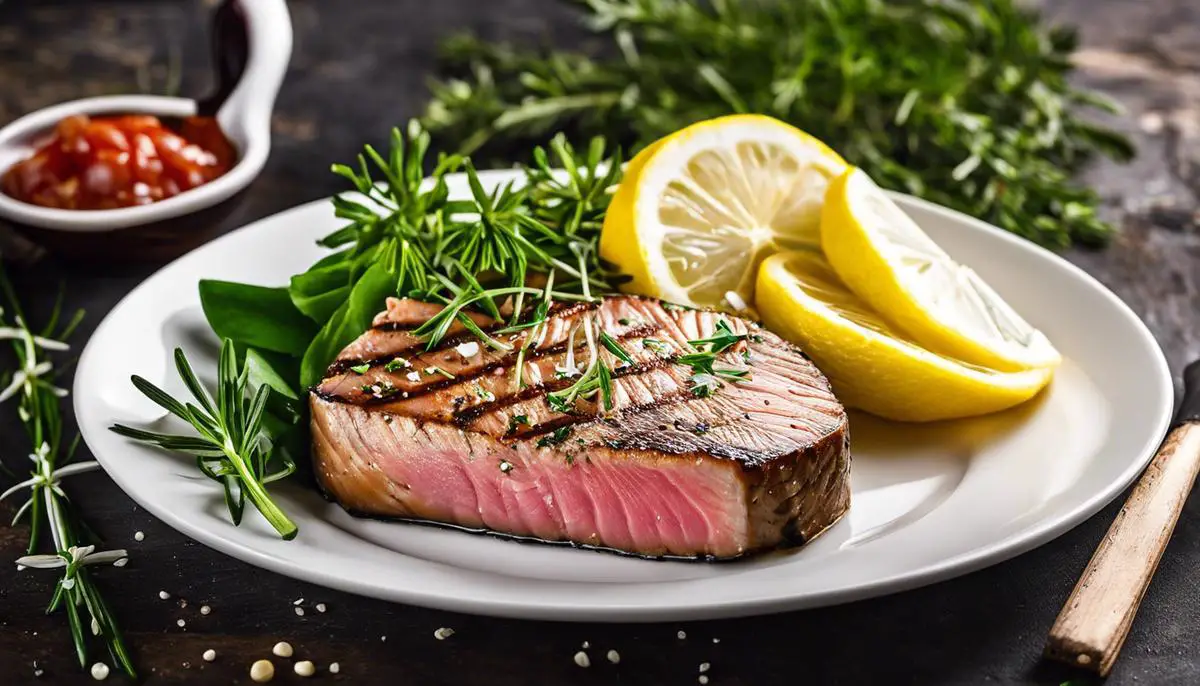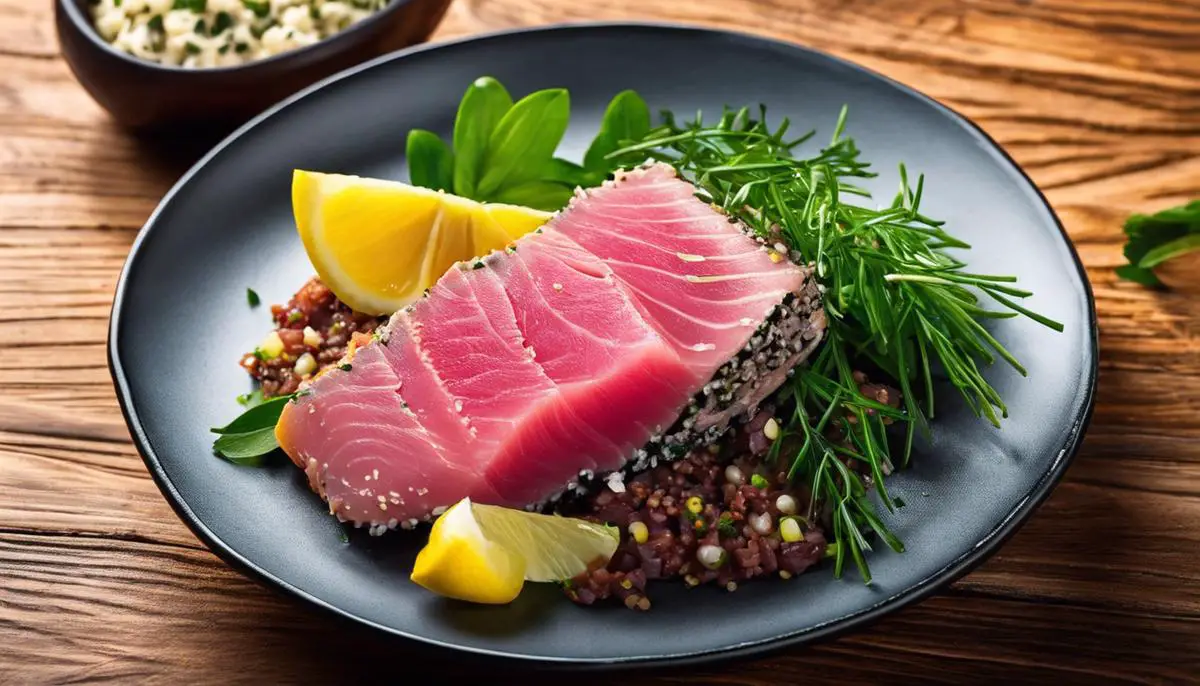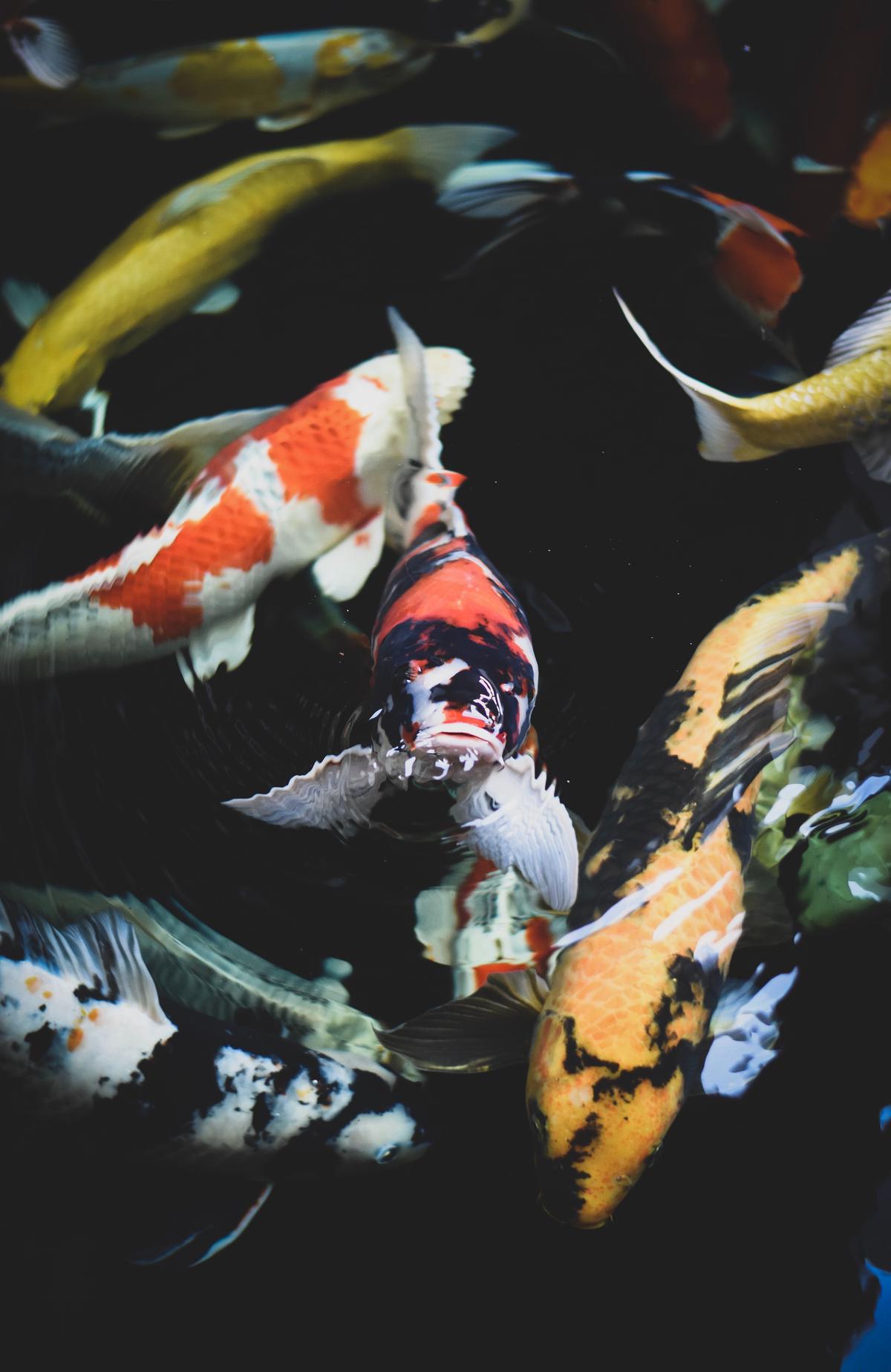Navigating the nutritional waters of pregnancy can often feel daunting, especially when it comes to seafood. Tuna, a popular and convenient source of protein and omega-3 fatty acids, is a staple in many diets, but its consumption during pregnancy has prompted questions and concerns due to varying levels of mercury. Understanding the differences between canned light, albacore (‘white’ tuna), and fresh tuna is crucial for expectant mothers striving to make safe dietary choices. In this exploration, we will illuminate the safest types of tuna for pregnant women to enjoy, adhering to FDA and EPA guidelines, while balancing the nutritional benefits with potential risks to ensure a healthy pregnancy journey.
Tuna Types and Pregnancy Safety
The Safe Tuna Choices for Expectant Moms
Choosing the right types of seafood during pregnancy can feel like a tricky quiz, especially when it comes to tuna, a beloved and versatile fish in many family meals. For those expectant mothers watching their forks for both nutritional value and safety concerns, it’s essential to understand which tuna options are on the safe list.
When it comes to canned tuna, light tuna is the better choice over albacore (white tuna) due to its typically lower mercury content. Mercury is a concern for developing babies as it can impact brain development and nervous system health. A tuna variety called skipjack is often used in canned light tuna and tends to accumulate less mercury than other species, making it a safer option in moderation. Expectant mothers are advised to limit their consumption to 12 ounces per week, which is about two to three servings.
If fresh tuna steaks are what’s on the mind, it’s key to opt for smaller species, such as tongol or yellowfin, which generally contain less mercury than larger types like bigeye and bluefin. Remember, moderation is the name of the game, so pregnant moms would do best to enjoy these fresh options no more than once a week. It’s also beneficial to check local advisories for the mercury levels in locally caught fish, ensuring that every bite contributes positively to the health and development of both baby and mother. Without a doubt, understanding these finer points of tuna consumption can lead to a smoother and healthier pregnancy journey.

Recommended Tuna Consumption During Pregnancy
When navigating the waters of pregnancy nutrition, the guidance around tuna intake can seem a bit, well, murky. But rest assured, dear reader, it all boils down to being informed and balanced. Tuna, much like a healthy family life, requires a bit of planning and moderation. Pregnant individuals can find comfort in knowing that incorporating tuna as a source of omega-3 fatty acids and protein into their diet can be done safely.
To maintain a safe course, expectant families are often given a clear beacon: the U.S. Food and Drug Administration (FDA) and Environmental Protection Agency (EPA) recommend limiting white albacore tuna to 4 ounces a week. Why this specific measure? Because albacore, the more mature character in the tuna family, tends to have higher mercury levels. Looking at the bigger picture – balancing the overall diet with diverse protein sources is the key to not overindulging in one particular seafood treasure. This way, one continues to reap the nutritional benefits without overexposure to mercury.
Lastly, variety is not only the spice of life but also the hallmark of a balanced diet during pregnancy. Alongside low-mercury fish options, other omega-rich foods such as chia seeds, walnuts, and flaxseeds could be included to support fetal development. Knowledge is power when it comes to the safety and wellness of your family-to-be. Stay informed, stay balanced, and enjoy the culinary journey of pregnancy with the confidence that you’re nurturing your little one with every bite.

Benefits and Risks of Eating Tuna While Pregnant
When it comes to the specific health benefits of incorporating tuna into a pregnancy diet, we’re talking about a fantastic source of nutrients that are vital for both mommy and baby. Tuna is rich in lean protein, which is the cornerstone of cellular growth. A serving can provide a good chunk of the daily protein required to support the development of the baby’s tissues and muscles. Not to forget, tuna is also a treasure trove of omega-3 fatty acids, particularly DHA, which is a star player in the development of the brain and eyes in fetuses. Plus, these fatty acids can help reduce the risk of chronic diseases and are essential for heart health.
However, we do need to keep an eye on the potential downside. Mercury, which can be found in varying amounts in fish, is a concern during pregnancy due to its potential effects on the developing nervous system of a fetus. It’s not just the amount of tuna that matters, but also the type when considering mercury exposure. Since light tuna generally contains less mercury than albacore or yellowfin, it’s a preferable choice, but still, one to be eaten in careful moderation.
Ultimately, it’s all about making informed food choices during these precious nine months. Variety is key in any diet, and while tuna can be part of a healthy pregnancy diet, there are ample alternatives out there to provide similar nutrients. Eggs, chia seeds, hemp seeds, and walnuts are just a few omega-rich foods you can sprinkle into your meals. And remember, it’s not just what mom-to-be eats, it’s about enjoying a symphony of nutritious foods that work in harmony to support the journey. So, keep these tidbits in mind next time the menu features a little fish; it’s all about balance and informed decisions to nurture the future generation.

Safe Alternatives to Tuna for Pregnant Women
Navigating the waters of what fish to eat during pregnancy doesn’t have to feel like sailing into the unknown. With the deck already stacked with great advice on tuna consumption and its role in a healthy diet for both mum and baby, it’s time to explore some other fish in the sea that are not only bountiful in benefits but low in mercury.
Salmon swims to the top of the list as an excellent alternative. Not only is it virtually a superfood with its high levels of omega-3 fatty acids and protein, but it’s also generally lower in mercury than many other fish. A grilled salmon fillet or a salmon salad can be just the ticket for a meal that’s friendly for baby and utterly delicious for mom. It’s suggested to look for wild-caught salmon or responsibly farmed options to ensure the best quality and sustainability.
Sardines and herring are also quite the catch for expectant mothers looking for safe seafood choices. These smaller fish are not only low in mercury, but they pack a nutritional punch with essential nutrients and fats needed during pregnancy. They may be a little on the stronger side when it comes to flavor, but that just means they’re brimming with character! They can be enjoyed in many of the same ways as tuna: tossed in a salad, made into a spread for crackers, or even eaten straight from the tin for a simple, nutritious snack.
In the search for a balanced diet during pregnancy, tilapia and cod present themselves as versatile options that place low on the mercury scale. These mild-tasting fish can be baked, broiled, or sautéed, presenting a white fish solution for those cravings. And let’s not forget about the non-fish sources of omega-3, like walnuts and flaxseed, which can be added to breakfast bowls, smoothies, or baked goods for that Omega boost without the worry about mercury.
While options abound, always remember to cook seafood thoroughly and stay up-to-date with food safety practices, especially during pregnancy. It’s all about mixing it up, having fun with recipes, and maintaining that balance to ensure the little one gets all the best nutrients while keeping risks at bay. After all, variety is the spice of life—or in this case, the splash of the sea in a sea of maternal nutrition.

Photo by taychinolan on Unsplash
As we have waded through the considerations surrounding tuna consumption during pregnancy, it’s evident that informed choices can lead to a healthy balance of essential nutrients without overexposure to mercury. Pregnant women can confidently incorporate the fitting types of tuna into their diets by adhering to the recommended servings, thus reaping the benefits of omega-3 fatty acids while minimizing any risks. However, for those still cautious about their seafood selections, a variety of low-mercury alternatives stand ready to enrich your prenatal menu. With a mindful approach to nutrition during these crucial months, mothers-to-be can nurture their growing babies with peace of mind and a well-nourished body.
